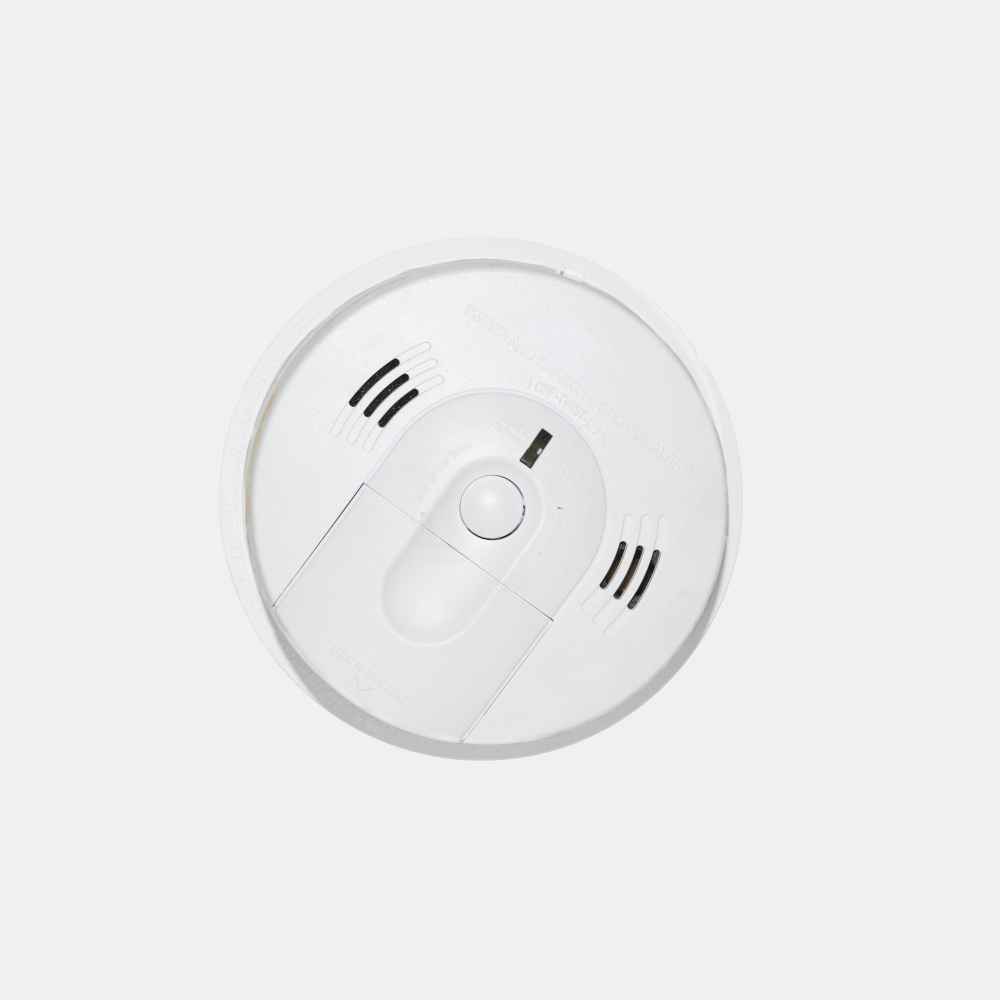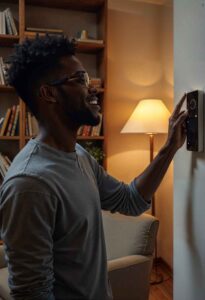Introduction to Smoke Detector Installation
When it comes to home safety, smoke detectors are non-negotiable. These small devices play a crucial role in alerting you to potential fires, giving you and your family precious time to evacuate safely. However, simply owning a smoke detector isn’t enough; proper installation is key to ensuring it functions effectively. In this guide, we’ll walk you through everything you need to know about smoke detector installation, from choosing the right type to maintaining it for long-term reliability.
Why Smoke Detector Installation is Crucial
Smoke detectors are your first line of defense against house fires. According to the National Fire Protection Association (NFPA), three out of five home fire deaths occur in properties without working smoke alarms. Proper installation ensures that these devices can detect smoke early and alert you in time to take action.
Types of Smoke Detectors
Before diving into installation, it’s important to understand the different types of smoke detectors available:
- Ionization Smoke Detectors: Best for detecting fast-flaming fires, these are ideal for areas like kitchens and living rooms.
- Photoelectric Smoke Detectors: These are more sensitive to smoldering fires, making them suitable for bedrooms and hallways.
- Dual-Sensor Smoke Detectors: Combining both ionization and photoelectric technologies, these offer comprehensive protection.
- Smart Smoke Detectors: These connect to your home’s Wi-Fi and send alerts to your phone, providing an extra layer of security.
Step-by-Step Guide to Smoke Detector Installation
- Choose the Right Location:
- Install smoke detectors on every level of your home, including the basement and attic.
- Place them inside and outside sleeping areas.
- Avoid installing near windows, doors, or ducts where drafts could interfere with their operation.
- Mounting the Detector:
- For ceiling-mounted detectors, place them at least 4 inches away from walls.
- For wall-mounted detectors, position them 4-12 inches below the ceiling.
- Use a drill to create holes for mounting screws, then secure the base plate.
- Wiring (for Hardwired Detectors):
- Turn off the power at the circuit breaker.
- Connect the detector’s wires to the corresponding wires in your ceiling or wall.
- Secure the connections with wire nuts and attach the detector to the base plate.
- Insert Batteries (for Battery-Operated Detectors):
- Open the battery compartment and insert the recommended batteries.
- Close the compartment and test the detector to ensure it’s working.
- Test the Detector:
- Press the test button to confirm the alarm sounds.
- For smart detectors, check that notifications are sent to your phone.
Maintenance Tips for Long-Term Reliability
- Test Monthly: Press the test button to ensure the alarm is functioning.
- Replace Batteries Annually: Even if the low-battery alert hasn’t sounded, it’s a good practice to replace batteries yearly.
- Clean Regularly: Dust and debris can interfere with sensors. Vacuum the detector every six months.
- Replace Every 10 Years: Smoke detectors have a lifespan of about 10 years. Mark the installation date and replace them as needed.

Common Mistakes to Avoid
- Ignoring Placement Guidelines: Installing detectors too close to vents or in dead air spaces can reduce their effectiveness.
- Skipping Regular Testing: A non-functional smoke detector is as good as having none at all.
- Using the Wrong Type: Ensure you choose the right type of detector for each area of your home.
Conclusion
Smoke detector installation is a simple yet vital step in safeguarding your home and loved ones. By choosing the right type, following proper installation guidelines, and maintaining your detectors, you can significantly reduce the risk of fire-related tragedies. Don’t wait—take action today to ensure your home is equipped with reliable smoke detectors.
✅✅Ready to enhance your home’s safety? Share this guide with friends and family, and don’t forget to check your smoke detectors regularly. If you found this post helpful, subscribe to our newsletter for more home safety tips!






